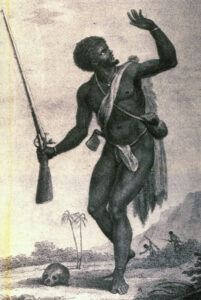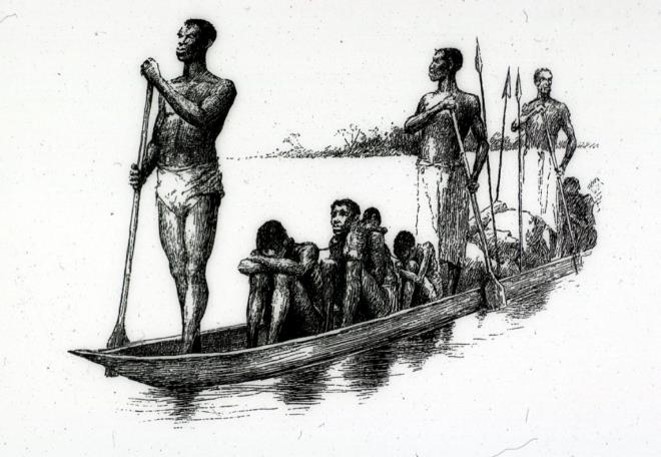
Since the transatlantic slave trade, enslaved Africans have exploited geographical migratory patterns for freedom. As a result, runaway slaves became a “thorn in the flesh” for the West Indies colonial plantation system. These enslaved Africans not only fled from one planation to another, but also to mountains, forests, swamplands, cities, towns, ships and adjacent islands of the Caribbean archipelago. It is for this reason the term “Maritime Maroon” became known, particularly among small islands in the Caribbean such as the Danish West Indies.
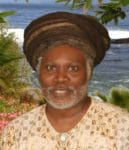
By 1760, the landmass of St. Croix was almost totally cultivated with sugarcane. By the beginning of the 19th century, there were about 181 large plantations with 27,000 enslaved Africans, about half of them born in Africa. During this period, 32 million pounds of raw sugar (muscovado) was produced, making St. Croix the fourth-largest sugar producer in the world. For the merchants and planters of the St. Croix sugar economy, this was the “Golden Era” when sugar was King. Believe me, it was not so with the enslaved populations; it was hell.
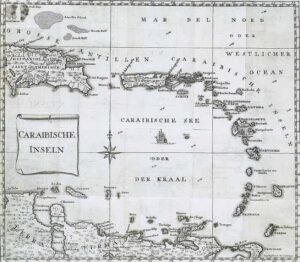
Nevertheless, throughout the island of St. Croix, refuges for runaway slaves almost totally disappeared. Goat Hills and Seven Hills on the East End quarter of St. Croix were a temporary refuge for runaway slaves. Such refuge sprang up due to the decline of agricultural activity after 1820. The East End of St. Croix became de-populated of humans and the wilderness gradually began to take over. The forested, rugged terrain of Mount Eagle and Blue Mountain provided shelter for runaway slaves from surrounding plantations.
Sandy Point’s dry-scrub vegetation forest on a salt-sprayed peninsula was another refuge that sprang up for runaway slaves during the 1820s and 1830s. However, this camp didn’t last long — only about 10 years due to the overwhelming force of the Danish government. Thus, the northwest of St. Croix continued to be a sanctuary for Maroons right down to our 1848 Emancipation. There are no other places in Virgin Islands named Maroon Ridge. If you have common sense, which we all are supposed to have, then you should know Maroon Country should be a special place in our hearts for those who made the ultimate sacrifice for our freedom.
This sixth article in a series regarding the protection and preservation of establishing a Maroon Territorial Park on the northwest quarter of St. Croix, focuses on the fact that Puerto Rico became the major haven for Maritime Maroons from the Danish West Indies, although slaves fled to other places in the Caribbean. On a clear day from the northwest of St. Croix, you can see El Yunque mountain in Puerto Rico and the hills of Vieques (Crab Island) on the horizon of the Caribbean Sea.

These peaks brought hope for freedom to runaway slaves in the Danish West Indies. In 1779, Fernando Miyares Gonzales, a Cuban-born military officer in Puerto Rico, observed Maritime Maroons who came from the Leeward Islands, including Danish slaves seeking their freedom in the vicinity of San Juan. Then there was a Spanish clergyman and historian named Frav Agustin Abbad V Lasierra, who also mentioned that he observed Maritime Maroons or refugees in San Mateo de Cangrejos on the northern coast of Puerto Rico.
In fact, in 1664, it was four Crucian Maroons who fled to Puerto Rico and stimulated the Spanish government to officially adopt a policy of offering freedom to future enslaved runaways who arrived on that island, which led to the establishment of a community of runaway slaves that eventually became known as Santurce. To this day, the area is inhabited by descendants of runaway enslaved Africans from the island St. Croix as well as from across the entire Virgin Islands who escaped their captors and came to live in Puerto Rico.
Here are some historic documents relative to runaway slaves from St. Croix. This research was compiled by my good friend and colleague, historian George F. Tyson, and Poul E. Olsen about Maroons escaping to Puerto Rico from St. Croix. From the St. Croix Burgher Council Proceedings from 1767 to 1780: There were several Maritime Maroons from the northside plantations of St. Croix escaped to Puerto Rico in a canoe. Mr. Thomas Smith Sr., according to historic documents, sailed to San Juan to reclaim the slaves, but he was sent back by the Spanish authorities. The Maroon fugitives were never returned to St. Croix.
The Christiansted Notarial Protocol reported on Nov. 6, 1810, said that three Maroons, Jean Baptiste, Heinrich, and Jean, were caught trying to steal a canoe to escape to Puerto Rico, according to Captain Vessup’s report. All three Maroons were sentenced to receive 100 lashes and Jean Baptiste, the ringleader, was deported off island.
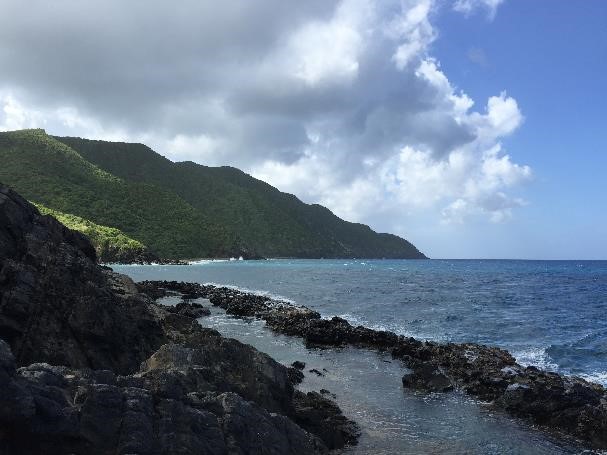
The St. Croix Burgher Council proceedings mentioned on June 1, 1814, that two enslaved women and 11 enslaved men belonging to Mount Pleasant, St. Georges, Carlton, Plessens, Brook Hill, and Little La Grange plantation were thought to have run away to Puerto Rico for freedom. On Feb. 16, 1827, Andreas Andreson, Police Master, reported to then Gov. Peter von Scholten of the Danish West Indies that three enslaved males and a fishing boat from Frederiksted had gone Maroon. He believed that these runaways had stolen the boat and fled to Puerto Rico or Vieques.
William Gilbert, a Danish slave, was an unusual case. He escaped to Boston, Massachusetts, from St. Croix where he secured his freedom. In 1847, he wrote a letter to the Danish monarch, King Christian VIII, asking the king to relieve his family from slavery. Here is part of his letter: “I have write to my freedom I have my freedom now but that is not all Sir, I want to see my Sisters & Brothers and I now as your excelcy if your excely will grant me a free pass to go and come when ever I fail dispose to go and come to IIe of St. Croix or Santacruce the West Indies.” There is no evidence in the Danish records if Gilbert’s letter was answered.
When you think of the northwest, the lost stronghold of Maroons, you think of freedom.
– Olasee Davis is bush professor who lectures and writes about the culture, history, ecology and environment of the Virgin Islands when he is not leading hiking tours of the wild places and spaces of St. Croix and beyond.
Editor’s Note: Previous columns in this series include “Join the Call for a Maroon Territorial Park,” on June 17; “St. Croix’s Northwest Quarter Worthy of World Heritage Status,” on July 6; “Our Maroon Ancestors Deserve A Sanctuary on St. Croix,” on July 18; “St. Croix’s Maroons Set the Stage For Freedom in the Danish West Indies” on July 27; and “A Maroon Territorial Park is Not an Option But a Must,” on Aug. 2.
